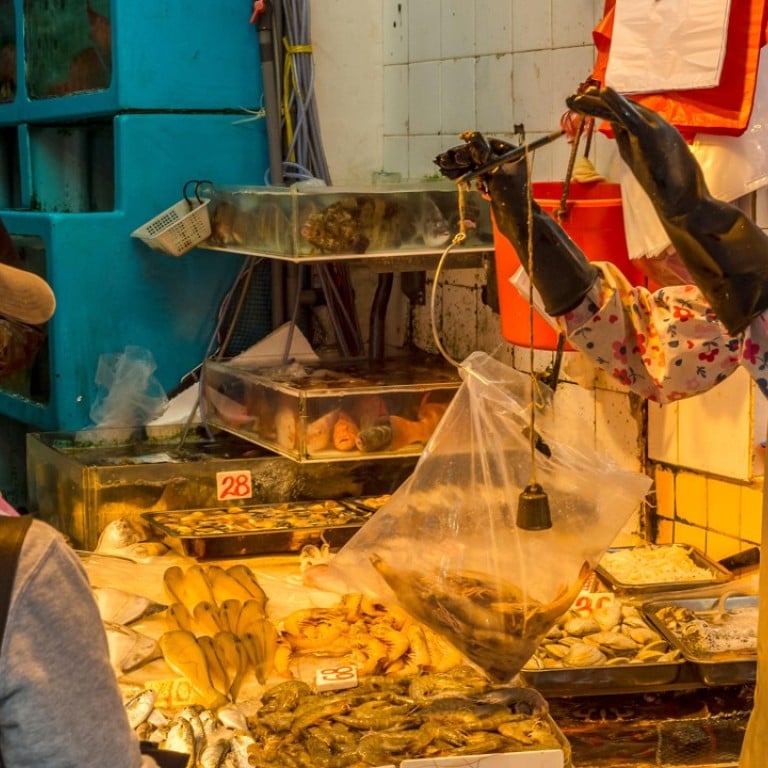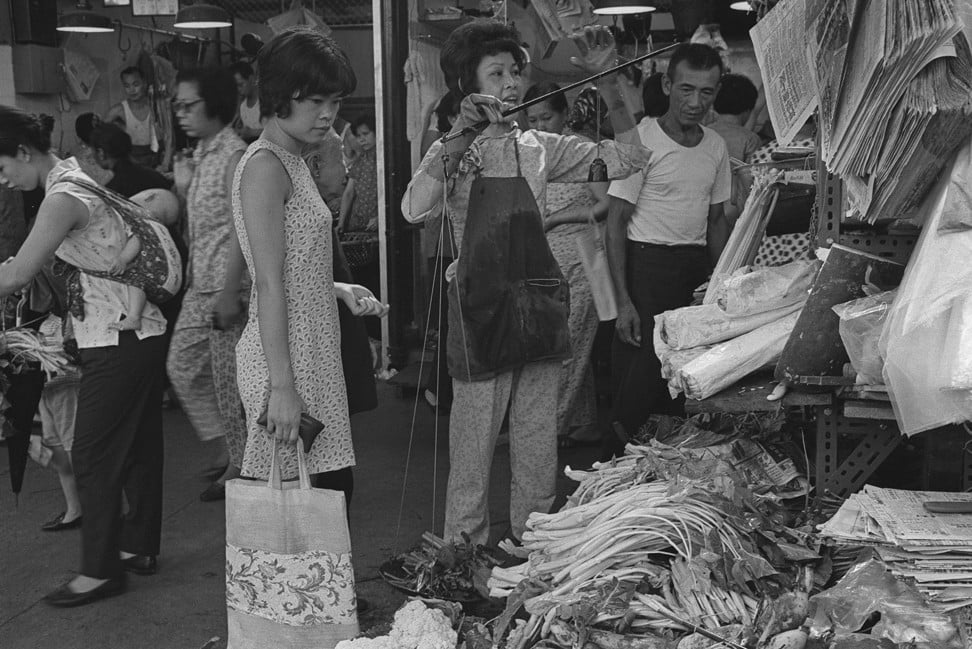
How catty and tael entered the English language, along with picul, mace and candareen – Asian weight measurements
Measures of weight taken from Malay and Javanese and in wide use in East Asia were adopted by early European settlers and passed into English, giving the language caddy – a box for holding tea
Those who frequent traditional retail outlets in Hong Kong (herbalists, goldsmiths, wet markets) will have dealt in weight measurements of the Cantonese kan/gāan and léung. These units – silver ingots in late imperial China weighed a nominal liǎng, equivalent to a léung – are used across East and Southeast Asia, with the trade names catty and tael respectively.
A catty – comprising 16 taels (since the 16th century; in the 14th century it was 20 taels) – is traditionally equivalent to one pound avoirdupois, formalised as 604.78982 grams in Hong Kong, with similar values for Singapore’s and Malaysia’s kati; but rounded to 600g in Taiwan, Japan, Korea and Thailand. China’s more specific market catty, the shìjīn, is rounded to 500g, distinguished from the metric catty gōngjīn, the kilogram.

Live the history of Hong Kong, how it grew from colonial opium trading outpost to global finance mecca
Other units in this system include candarine/candareen (from the Malay kunderi/keneri, from the Tamil kunri, the Indonesian saga tree, whose red seeds comprised the unit of about 0.1g), mace (Malay mas, from Sanskrit māsa, the measure originally based on the weight of an urd bean), and picul/pikul (in Malay/Javanese being “a load as heavy as a man can lift; a shoulder-load”), where 10 candarines equal one mace, 10 mace equal one tael, and 100 catties equal one picul.

In the port of Canton, cargo weights and scales were converted to catties and peculs. A tael was important as a unit measure of silver, a key commodity in the British East India Company’s China trade.
Even as the world goes metric, these traditional terms are being preserved, notably in the small box for holding tea, a caddy (first documented in English in the Madras Courier in 1792), a corruption of catty; and in the Chinese idiom “half catty eight taels” (Cantonese bun gāan baat léung; Mandarin bàn jīn bā liǎng), similar to “six of one, half-dozen of the other”.

